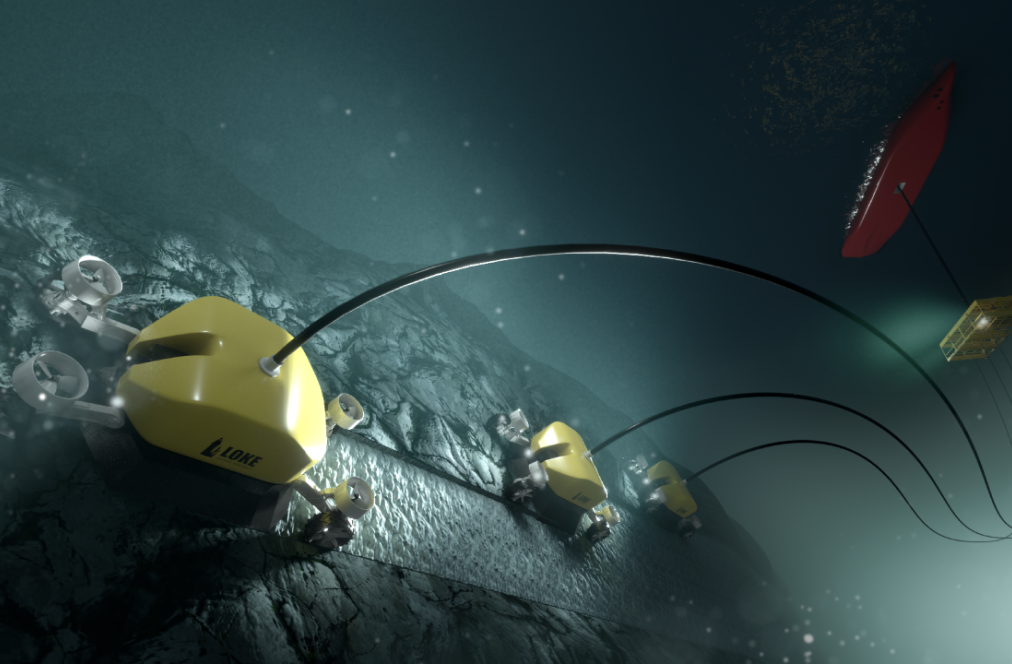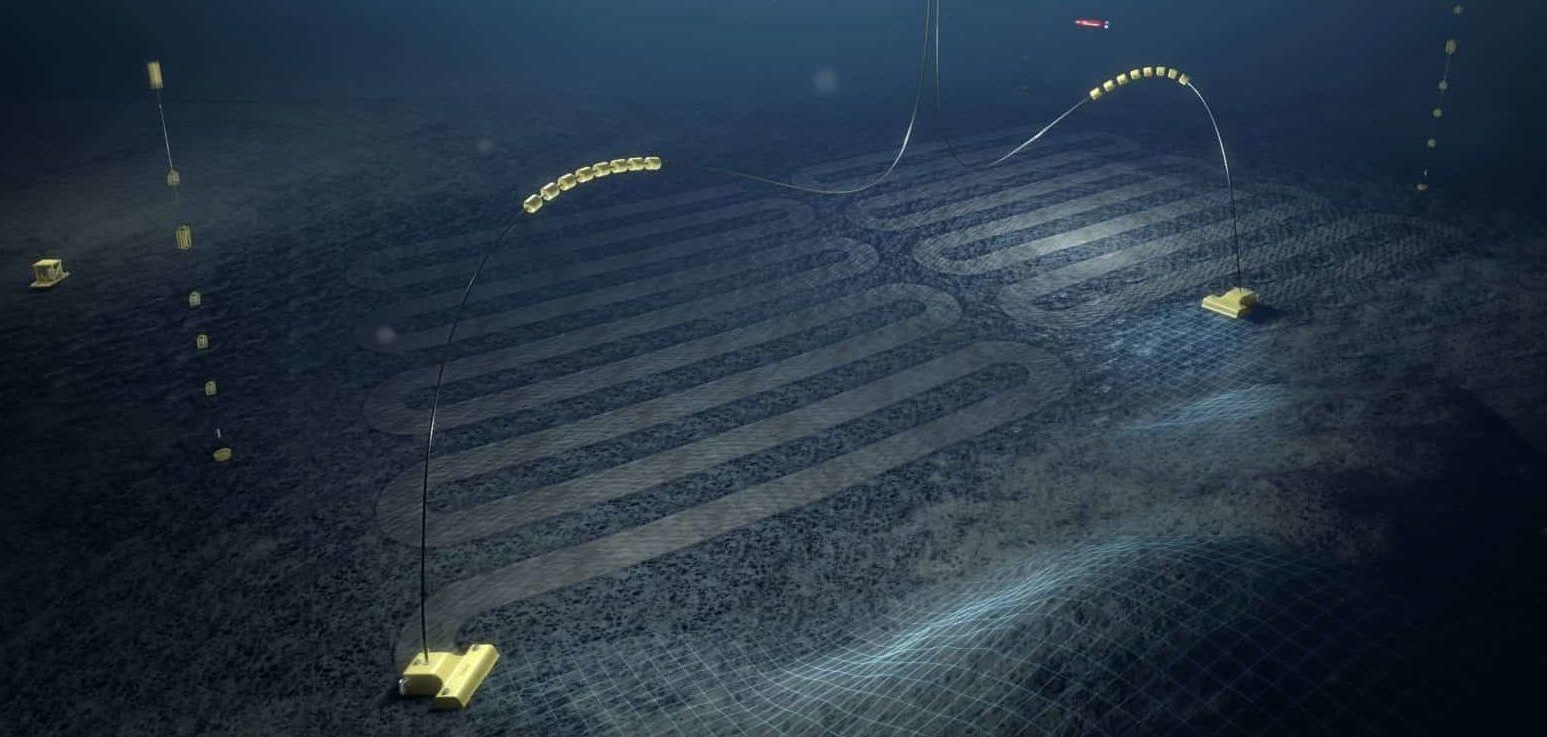

Technology will be the enabler for the development of a sustainable and safe new industry within deep sea minerals.
Loke is introducing a number of differentiating technologies that will reduce the environmental footprint and significantly improve the industrial efficiency and resource definition accuracy compared with today’s methods.
In addition, Loke is maximizing the transfer of relevant experience from the deep water oil and gas industry to mitigate the technology introduction risk to this new deep sea minerals industry.
Patents have been filed on several new enabling technologies.
For manganese nodules, Vessel based multibeam sonars in combination with AUV mounted multibeam sonars will be used for overall topography and large area abundance mapping. The traditional Box Corer will be replaced by an ROV carried Digital Box Coring system. This will enable a more efficient mapping of nodule abundance, reducing the environmental footprint on the seabed and significantly reduce vessel days. In addition, an ROV carried sampling storage skid, will allow for the collection of both nodules, geotechnical and environmental in the same operation, where up to 100 sampling sites can be accommodated during one ROV dive.
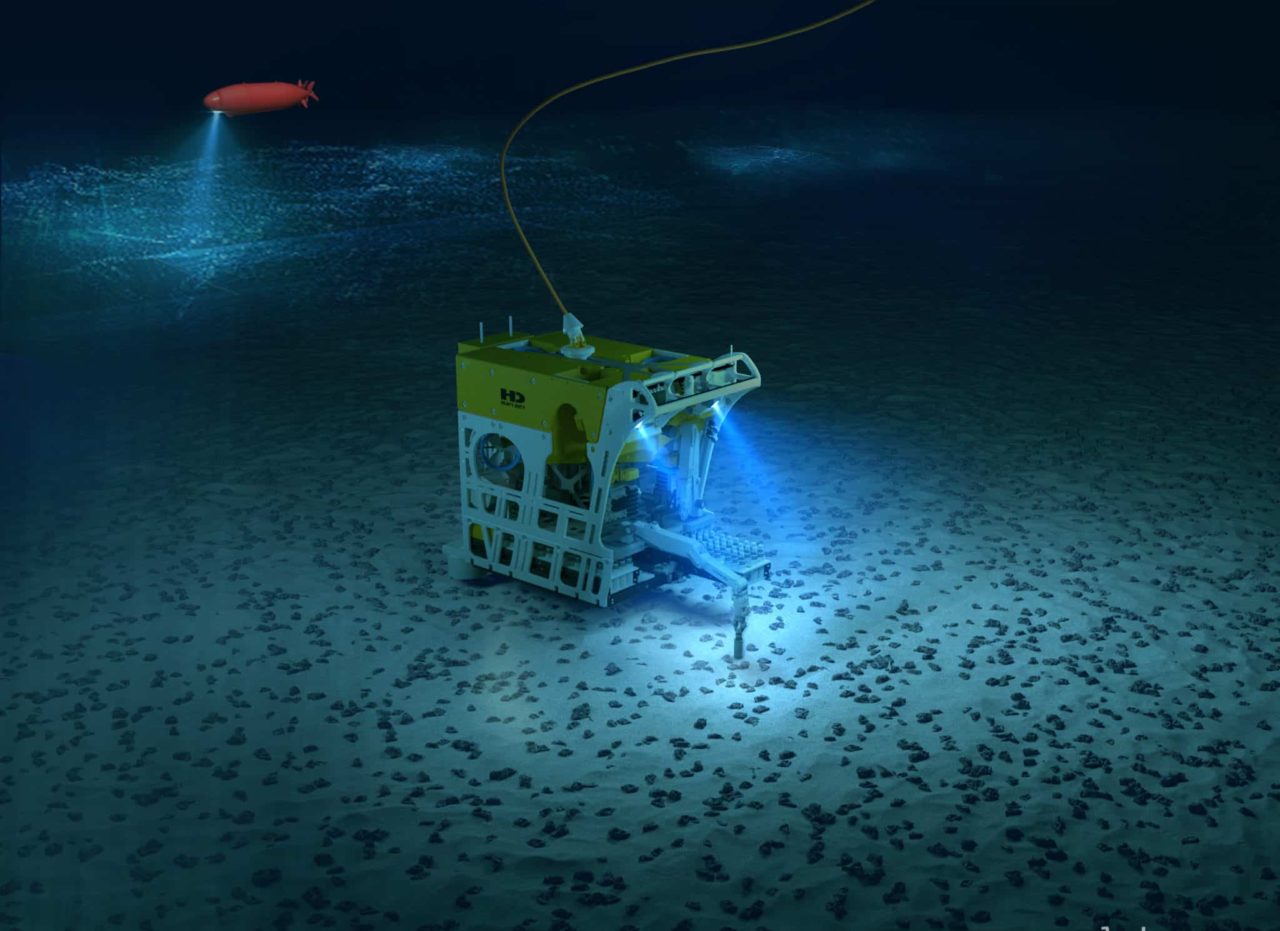
For exploration of manganese crust, an AUV fly by based acoustic method will be used for efficient thickness measurement over larger areas. An ROV carried coring and sampling skid will enable up to 100 crust core samples to be taken on a single dive. This will significantly reduce vessel days during the exploration phase and represents a step change in accuracy and industrial efficiency.
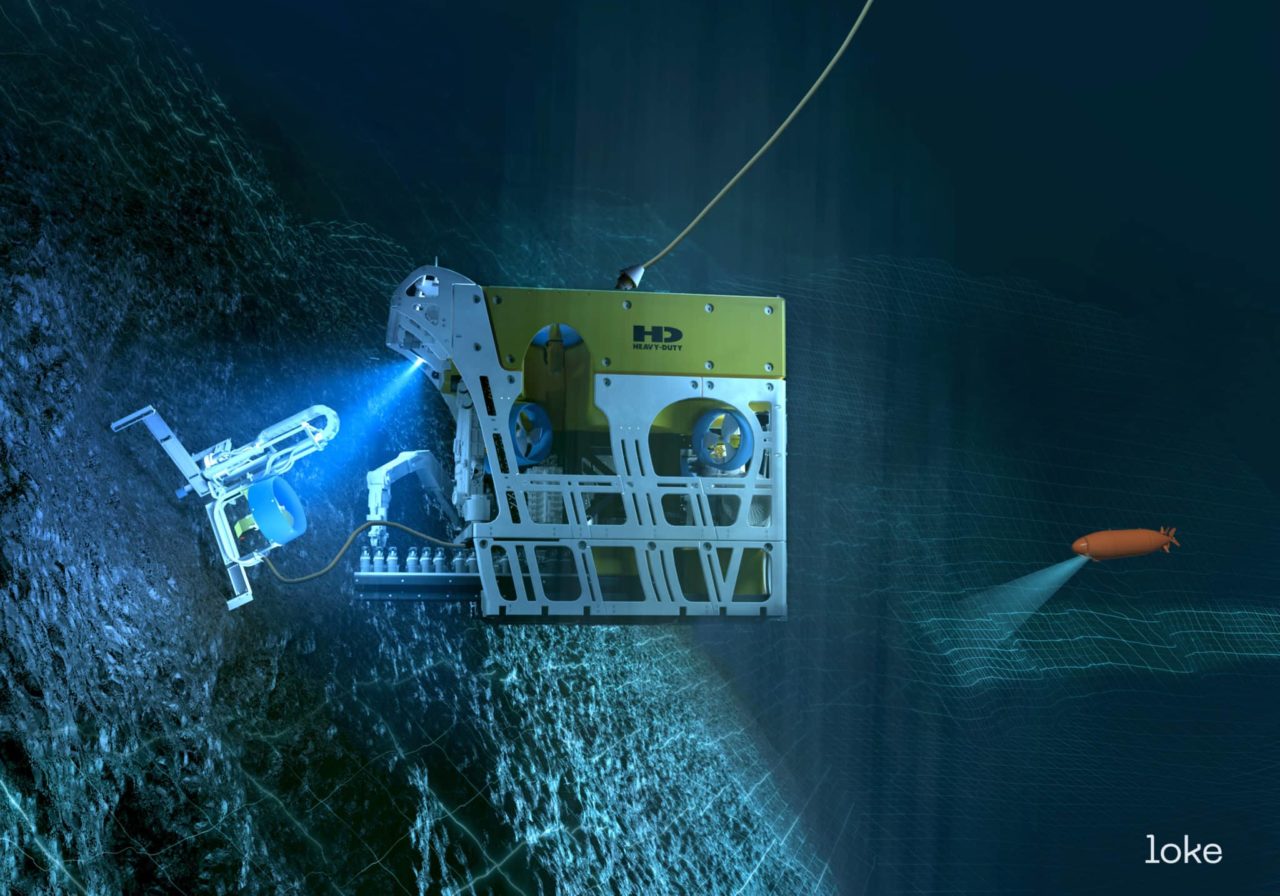
For manganese nodules, Loke is currently developing a technology where minimum sediment disturbance is caused by the Collector Head and minimum plume generated by the Collection Tool. Initial plume analysis indicate that plume can be reduced with over 90% with this new technology compared with traditional full layer removal hydraulic collection tools.
Due to the limited sediment pick-up, there will be no need for a sediment return riser from the production vessel after de-watering and hence no mid-water sediment plume is introduced.
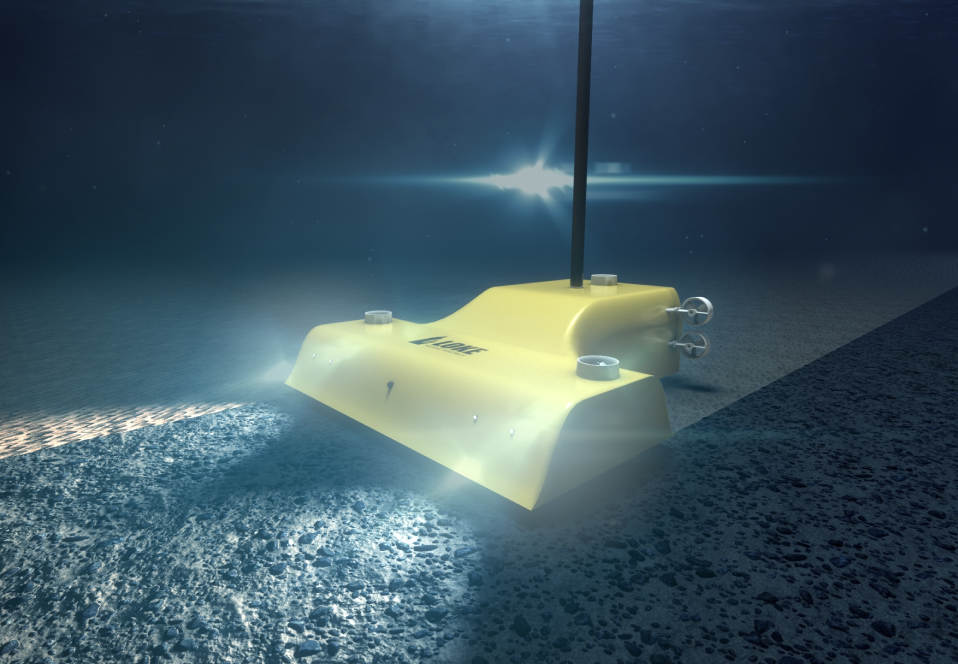
For manganese crust, Loke is developing a cutting and collection technology where several smaller free-swimming tools can operate in autonomous formation. Traction wheels with dedicated thrusters in addition to the suction force from the suction pumps for cuttings transportation will ensure that the tools can operate on very steep seamount sides. The cutter head mechanism is designed to accommodate very uneven surfaces and still deliver high recovery rate
Cuttings from the tools are transported to the production vessel via the Vertical Transportation System and the return water is used for flushing and to control the suction force at the cutting tools. All this to minimize plume.
